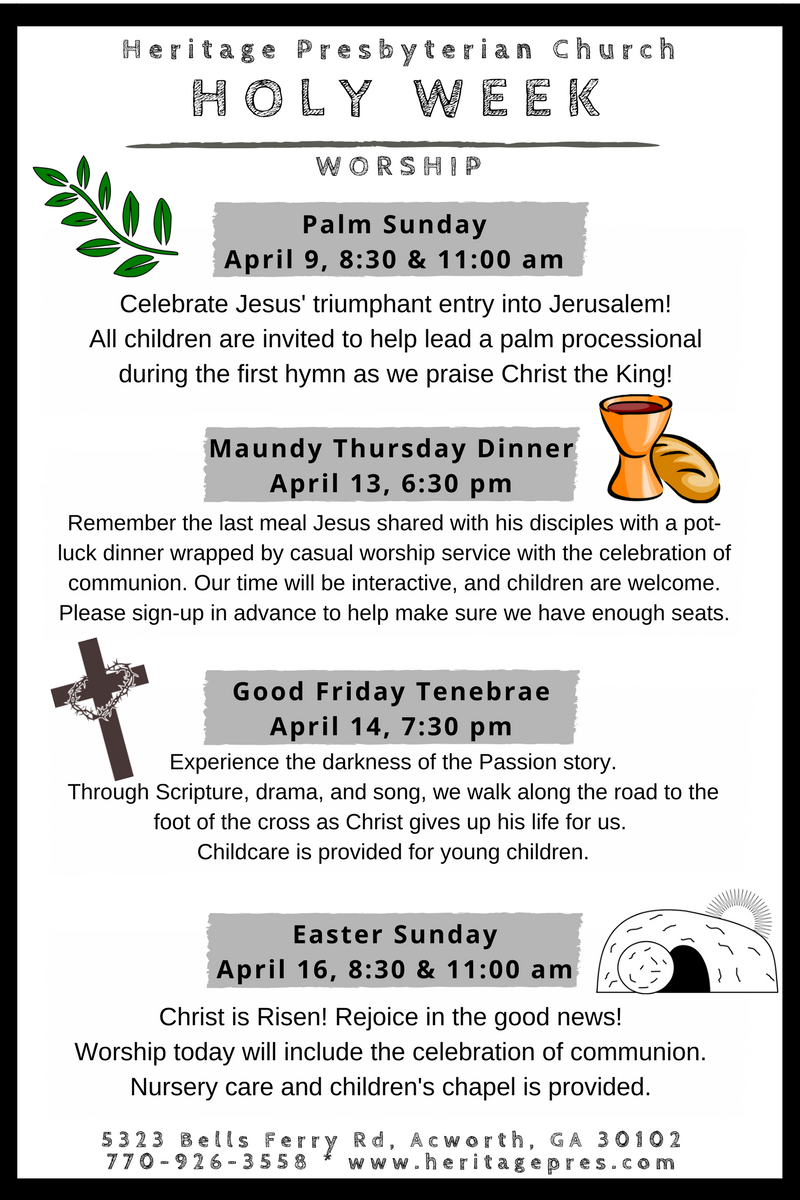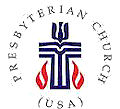In the winter of 1947, the reckless and joyous Dean Moriarty, fresh out of another stint in jail and newly married, comes to New York City and meets Sal Paradise, a young writer with an intellectual group of friends, among them the poet Carlo Marx. Dean fascinates Sal, and their friendship begins three years of restless journeys back and forth across the country . . . Through all of this constant movement, there is an array of colorful characters, shifting landscapes, dramas, and personal development(1)
This is a summary of the famous book published in 1957 by Jack Kerouac, On the Road. It is a story based on the travels of Kerouac and his friends across the United States, considered a defining work of the postwar Beat and Counterculture generations, exhibiting the ups and downs of life against the backdrop of jazz and poetry.
One premise of this novel hinges on the idea that life is best learned by experience, and it has prompted many a young adult to indulge in wanderlusts and yearnings to explore the world, from backpacking across Europe to road tripping across the United States. While on the road, one can reflect on the mysteries of life, and perhaps come out with a greater sense of meaning and purpose for things. It is a coming of age work in a sense. The pseudo-autobiographical main character discovers himself along the way. The plot is almost subtle, and to understand it, readers must pay close attention to nuance. As one study guide notes, “The story is in the details(2).”
Our story from Luke this morning is the same way. In it, we find two of Jesus’ disciples on the road to Emmaus following the death of Jesus. Only one of them is named – Cleopas. Naming, or not, in our Biblical texts is significant. Some posit that the unnamed disciple may have been a woman, not given status by lack of mention. Others offer a compelling interpretive rationale; that the writer of Luke intentionally did not name the other disciple in order to allow his first audience of early believers the opportunity to place themselves within the context of the story. The story invites us into the journey. We are all disciples trying to get our grips on what this Resurrection stuff is all about.
While much of the gospel narrative has been about a journey towards Jerusalem, here we have characters that are actively moving away from it. We might gather that this is a journey of escape, an attempt to get away from the tragedy that has just unfolded because they can’t quite make sense of it all and are deeply saddened. Frederich Buechner writes that Emmaus is:
The place we go to in order to escape – a bar, a movie, wherever it is we throw up our hands and say, “Let the whole damned thing go hang. It makes no difference anyway.” . . . Emmaus is whatever we do or wherever we go to make ourselves forget that the world holds nothing sacred: that even the wisest and bravest and loveliest decay and die; that even the noblest ideas that men have had – ideas about love and freedom and justice – have always in time been twisted out of shape by selfish men for selfish ends(3).
This, too, is an example of what it meant to live after Jesus’ death and resurrection. It was a time of uncertainty and confusion for those who had followed and believed he was the Christ. The hopes that had once existed now seemed a faint memory, and the disciples just weren’t on board yet with the women’s story about the empty tomb. This is a story about what it is to come to grips with the story of the resurrection. It is a “what now” moment? The answer is a walk.
The disciples were wrapped up in trying to make sense of what had just happened when a stranger joins them. We know that it’s Jesus, but they don’t recognize him, and he seems clueless about recent events. I imagine the disciples were caught off-guard. This was all they had been talking about. It had captured every headline, was trending on social media, and filled the news cycle. How could this stranger not have heard? Had he been living under a rock? (well, maybe behind one). They catch him up on the details, even the ones they aren’t so sure about.
Strangely, this stranger offers more than just an opinion on the matter; he gives a complete and thorough lecture on the subject. But he doesn’t just explain the events of the last week; he identifies their place within the entire story of the Scriptures. It must have been an extraordinary level of detail. It is a Bible study that lasts for the entire seven mile journey to Emmaus. But rather than escape the stranger’s lecture when they reach their door, the disciples choose to invite him in. Something has kindled in them that leaves them still wanting more. And, as was the custom, the stranger only relented to stay after strong urging and emphatic invitation. They gathered around a table, and he breaks bread. Suddenly, their eyes were opened. In this moment, they realized who was before them.
In her memoir An American Childhood, Annie Dillard describes such a moment from her teenage years, when she was full of “summer camp love” for Jesus but “utter disdain” for the congregation where here parents dropped her off to worship:
There came a day when she was chagrined to find that it was a Communion Sunday. She groaned inwardly; she had managed to avoid Communion for years, the long dreary service that seemed interminable. But she was stuck, and there was nothing to do but wait it out. She watched as the well-dressed ushers passed around sterling silver trays bearing tiny cut-crystal glasses, each with half an ounce of grape juice, and other trays with perfectly cubed white bread. She scoffed inwardly at the presumed piety of these wealthy people. . . Then suddenly it hit her. These people were all praying. . . . She had no idea “when this praying developed.” She looked down over the balcony rail at the adults below. Even they seemed to be concentrating; surely they were not praying, too. . . . But there they were. The Communion trays had disappeared, and the people were left, stilled. One young father rested his head on two fists propped on his knee. The men’s heads were all bowed, the women’s too, except for a few who were tilted back. It seemed that people were scarcely breathing.
Dillard writes. “Christ drifted among floating sandstone ledges and deep absorbent skies. There was no speech nor language. The people had been praying, praying to God.” (4).
Even when we are doubtful, as the Dillard and those disciples were, Christ shows up, and often in surprising ways. Sometimes we almost miss it because we are so wrapped up in our own concerns. This can even be true in worship, the place where we would imagine God’s presence to be most apparent. We come expecting to see friends and have good conversation and maybe learn a thing or two, but we don’t always come expecting to see Christ. The story of Emmaus challenges us to pay better attention to what’s around us, rather than simply waiting for it to become painfully obvious, and reminds us that Christ does and will show up. Writer Kimberly Bracken Long suggests that, as Christians, sometimes we have to train ourselves to see(5). Today, consider being a bit more attentive to looking for it. Perhaps Christ for you will be in the taste of bread and juice; or in a deep, satisfying breath of prayer; or in a moment lost in music; or even in the face of someone else gathered here.
Our experience of the risen Christ shapes our entire understanding of the journey and gives us renewed energies for the journeys ahead. After their eye-opening moment, the disciples realize that Jesus has been in the midst of all they have done, guiding and shaping their conversations and movements along the way. They race back to Jerusalem with the good news, ready to serve Jesus once again. As Shannon Michael Pater notes:
In the breaking of bread, the beams of resurrection’s dawn have reached about seven miles from Jerusalem. Their burning hearts illumine their blind eyes and quicken their weary souls for a seven-mile nighttime run in the moonlight of Easter. Their sacred city is made holy again, and their pilgrimage of faith has just begun(6).
This morning, we celebrate our shared journey in faith as a congregation. We believe that, like the disciples, we are called to walk the road together, even when we aren’t quite sure what our road might lead. And we recognize the need to have leaders among us who will help us be attentive to these things as we grow in faith together. So, from among this group of travelers, we elect officers – elders and deacons – to help us discern where to go. It is a journey rooted in the words of Scripture, not just our favorite verses, but the totality of God’s story. This morning, our newest class of officers will answer questions promising to lead us faithfully. They will commit to being on the road together, prayerfully discerning God’s will for our congregation, trying to figure out what to do next. And, through prayer and the laying on of hands, we will ask the Spirit to be with them and us along the road. We do so trusting that the same one who met those disciples on the way to Emmaus will meet us on our path as well, and that our experience of the Lord in our midst will deepen our understanding of what it means to be followers of Jesus. This morning, we commit to being along the road together, with each other, and with Christ.
Will you join us on this road? If so, I invite you to stand as we express some of what we believe, joining together in our Affirmation of Faith:
~Rev. Elizabeth Lovell Milford
—————————————————————
(1) Summary of On the Road by Jack Kerouac, www.sparknotes.com/lit/ontheroad/summary.html, accessed 5/3/17.
(2) Ibid.
(3)Frederick Beuchner, The Magnificent Defeat (New York: Seabury, 1966), 85-86; as quoted by R. Alan Culpepper, “Luke 24:13-35,” The New Interpreter’s Bible, Volume IX, Luke – John, (Nashville: Abingdon Press, 1995)
(4) Ibid.
(5) Kimberly Bracken Long, The Worshiping Body: The Art of Leading Worship (Louisville, KY: Westminster John Knox Press, 2009), https://books.google.com/books?isbn=0664233112, accessed 4/26/17.
(6) Shannon Michael Pater, “Pastoral Perspective: Luke 24:13-35,” Feasting on the Word: Year A, Volume 2, David L. Bartlett and Barbara Brown Taylor, editors. (Louisville, KY: Westminster John Knox Press, 2010).


